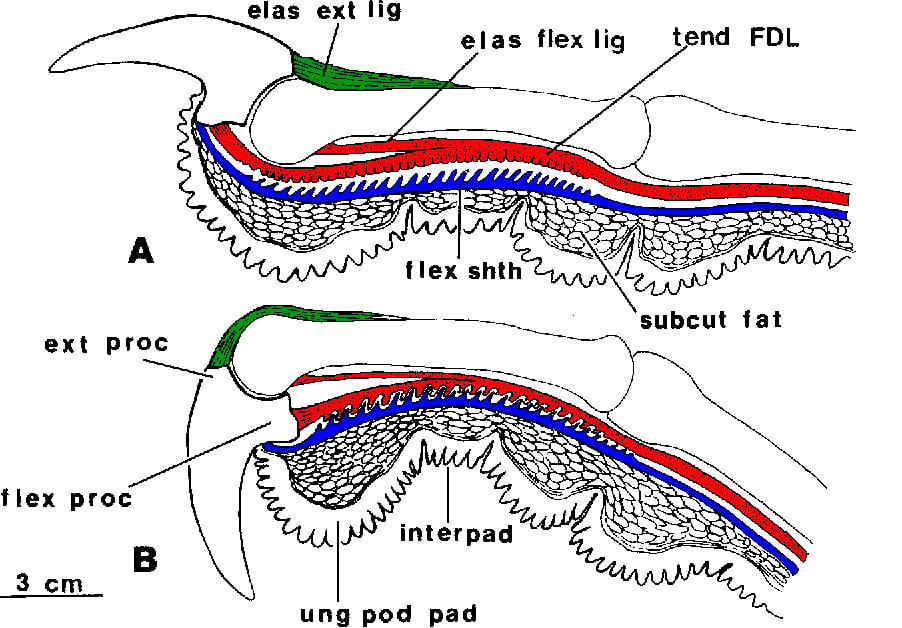We saw two eagles talon-locked in the water for over an hour on Sunday, November 5. Maybe locking and whirling, food theft, or an argument over who got what perching spot ended up with the two of them stuck together, unable or unwilling to release.
Many species of birds, including bald eagles, have a special adaptation that helps keep their feet closed. Their flexor tendons have small tubercules that automatically lock or mesh with grooves on their tendon sheaths when they curl their toes. As an eagle tightens its grasp, its flexor ‘pawl’ rachets up, which prevents its toes from slipping or loosening. So when an eagle instinctively foots something – prey, another eagle, or you – its foot rachet closes. Since eagles reflexively and instinctively tighten their grasp on anything that is struggling – prey, or another eagle, or you, footed by an eagle – they have to think about releasing their grip, not maintaining it. This can be awfully hard to do in moments of stress or tension.
 A bird’s talon-locking mechanism. The flexor tendon and ligament are red and the tendon sheath is blue.
A bird’s talon-locking mechanism. The flexor tendon and ligament are red and the tendon sheath is blue.
After about an hour, the two eventually managed to separate, damp but unharmed. More on ratcheting raptor toes here: https://www.raptorresource.org/…/racheting-raptor-toes…/
How strong is a Bald Eagle’s grip? Most sources cite 400 pounds per square inch. By contrast, the average human’s grip strength ranges from 44 to 72.6 pounds and an elite climber might range from 73 to 125 pounds. Researchers at the Okinawa Churashima Foundation in Japan found that a coconut crab has the strongest grip, proportionally speaking. In a study of 29 coconut crabs, the largest squeezed with a force of 1765 Newtons, or about 400 pounds per square inch. The crab weighed 4.67 pounds, so larger members of the species may be even stronger: https://www.pbs.org/newshour/science/coconut-crabs-strongest
 The Raptor Resource Project
The Raptor Resource Project The Raptor Resource Project
The Raptor Resource Project